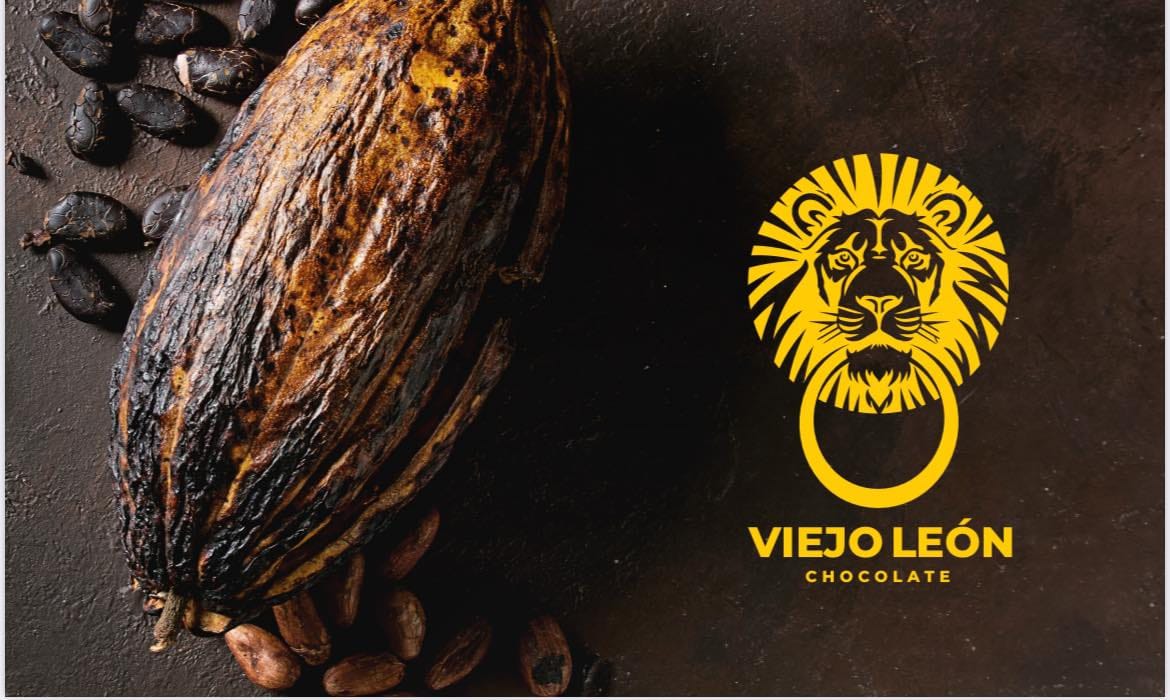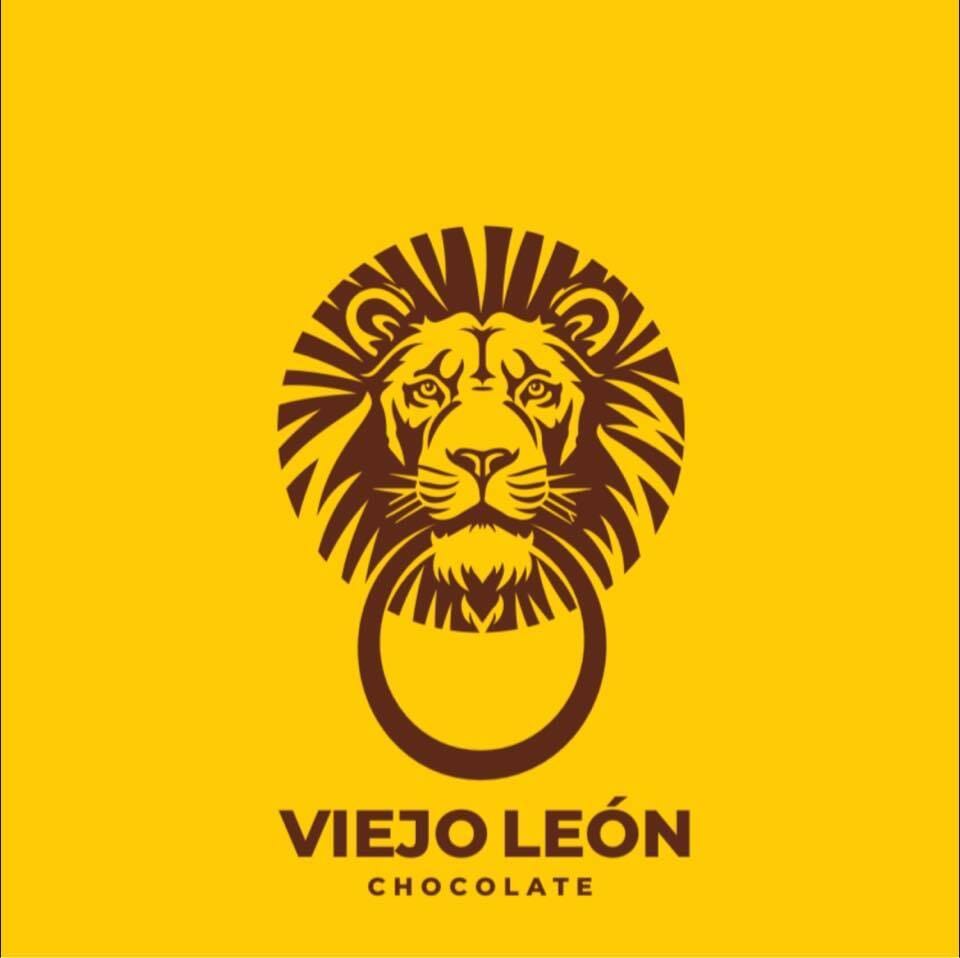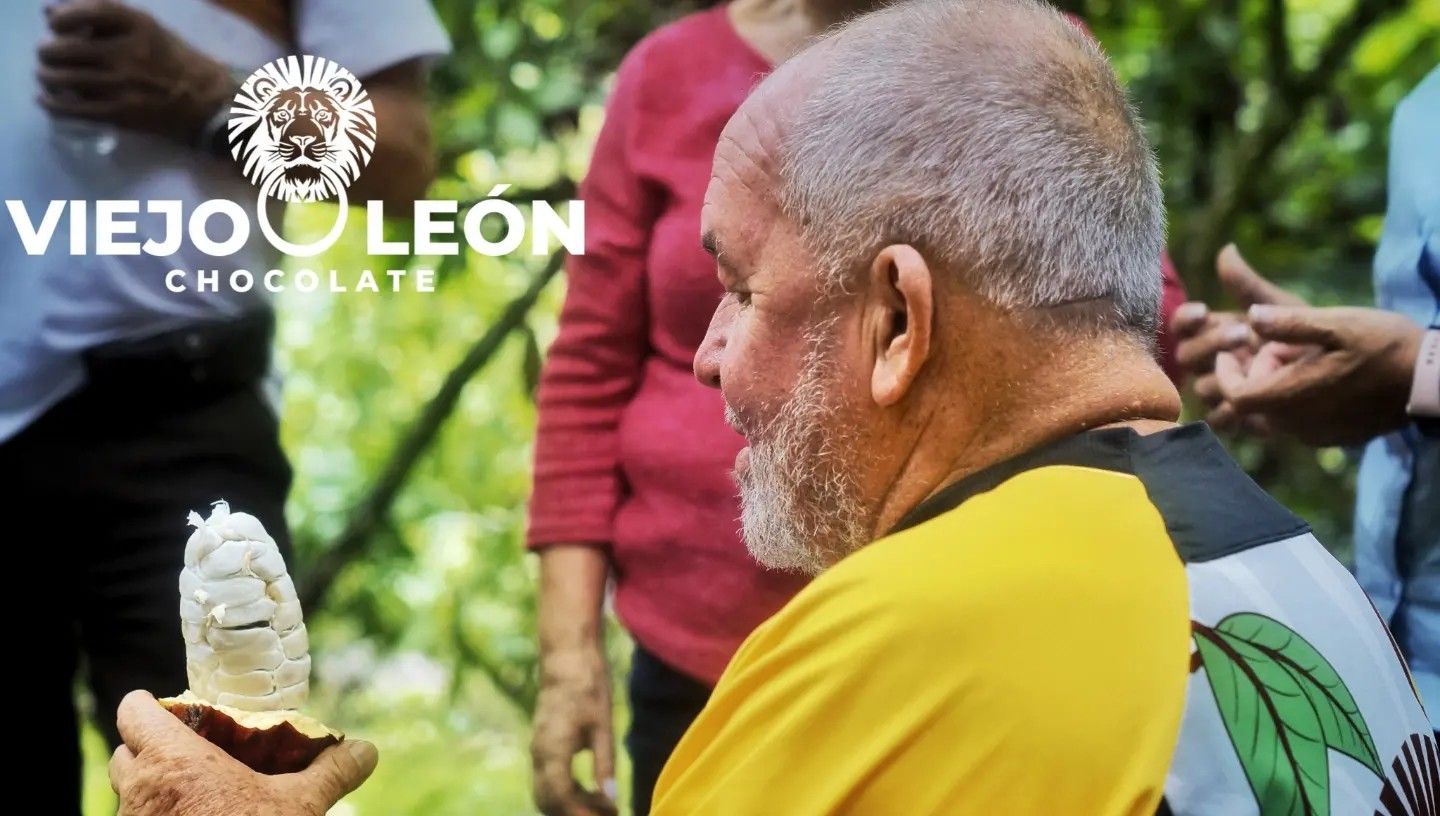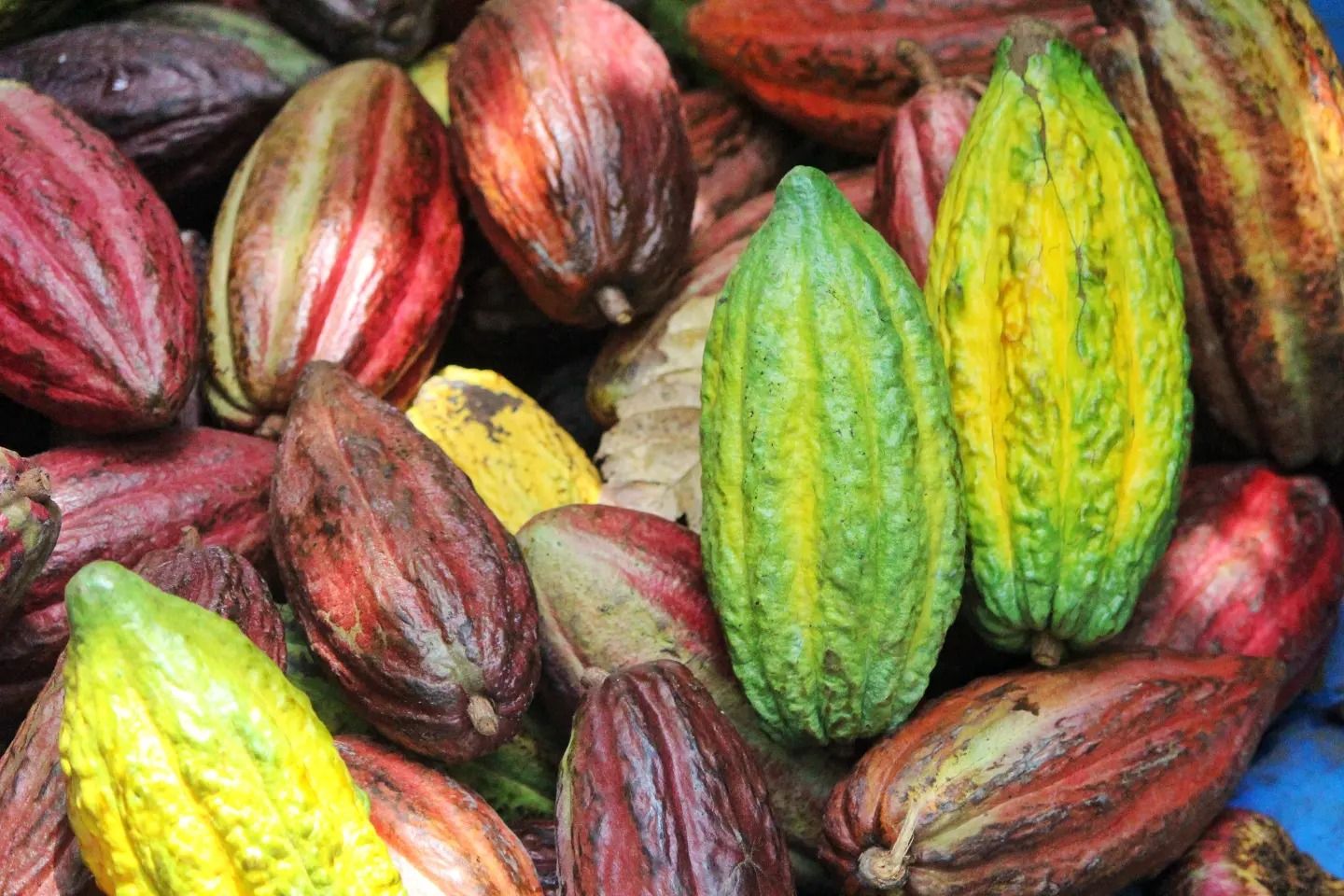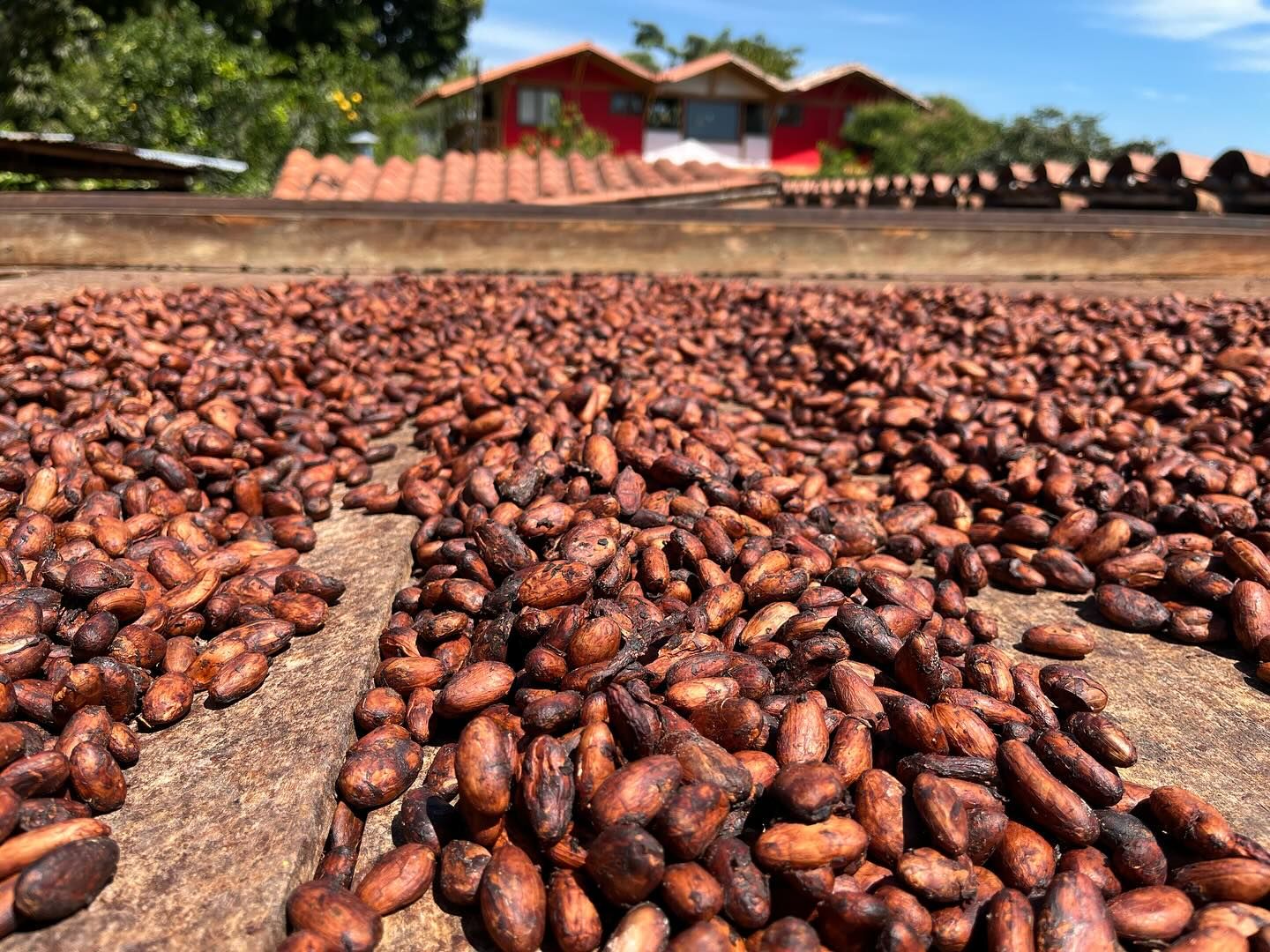- Horti-Gen Insights
- Posts
- From Bean to Bar: Cacao Cultivation and Chocolate Transformation in Colombia
From Bean to Bar: Cacao Cultivation and Chocolate Transformation in Colombia
Discover Colombia’s Cacao Journey: From Sustainable Farming to Premium Chocolate
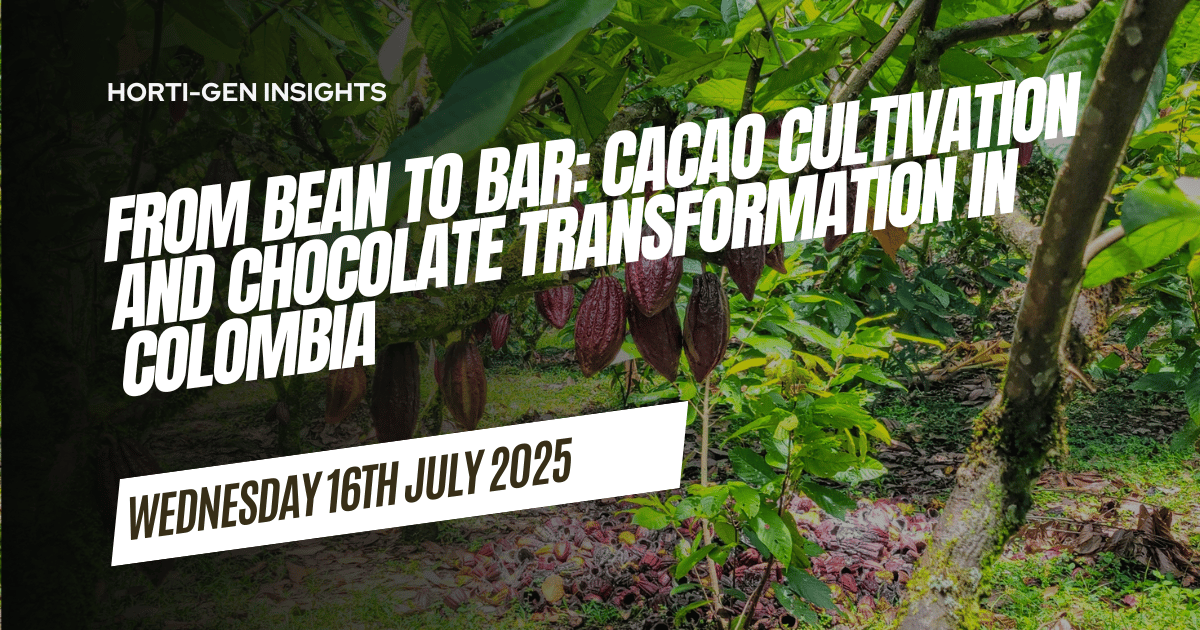
Cacao’s Origins and the Trinidad & Tobago Connection
Cacao, the plant behind chocolate, is native to the lush rainforests of South America, with its deepest genetic roots in the Upper Amazon basin. While Colombia, Ecuador, and Peru are recognized as the botanical cradle of cacao, Trinidad and Tobago hold a special place in cacao history. The islands became famous for developing the Trinitario variety, a hybrid created by blending Criollo and Forastero types after disease devastated local crops in the 18th century. Today, both Colombia and Trinidad & Tobago are celebrated for their fine-flavor cacao, contributing richly to the world’s chocolate culture.
This edition of the Newsletter takes on a more exotic theme, inspired by my recent travels to Colombia, where I immersed myself in the local agricultural landscape and learned firsthand about cacao cultivation and chocolate making.
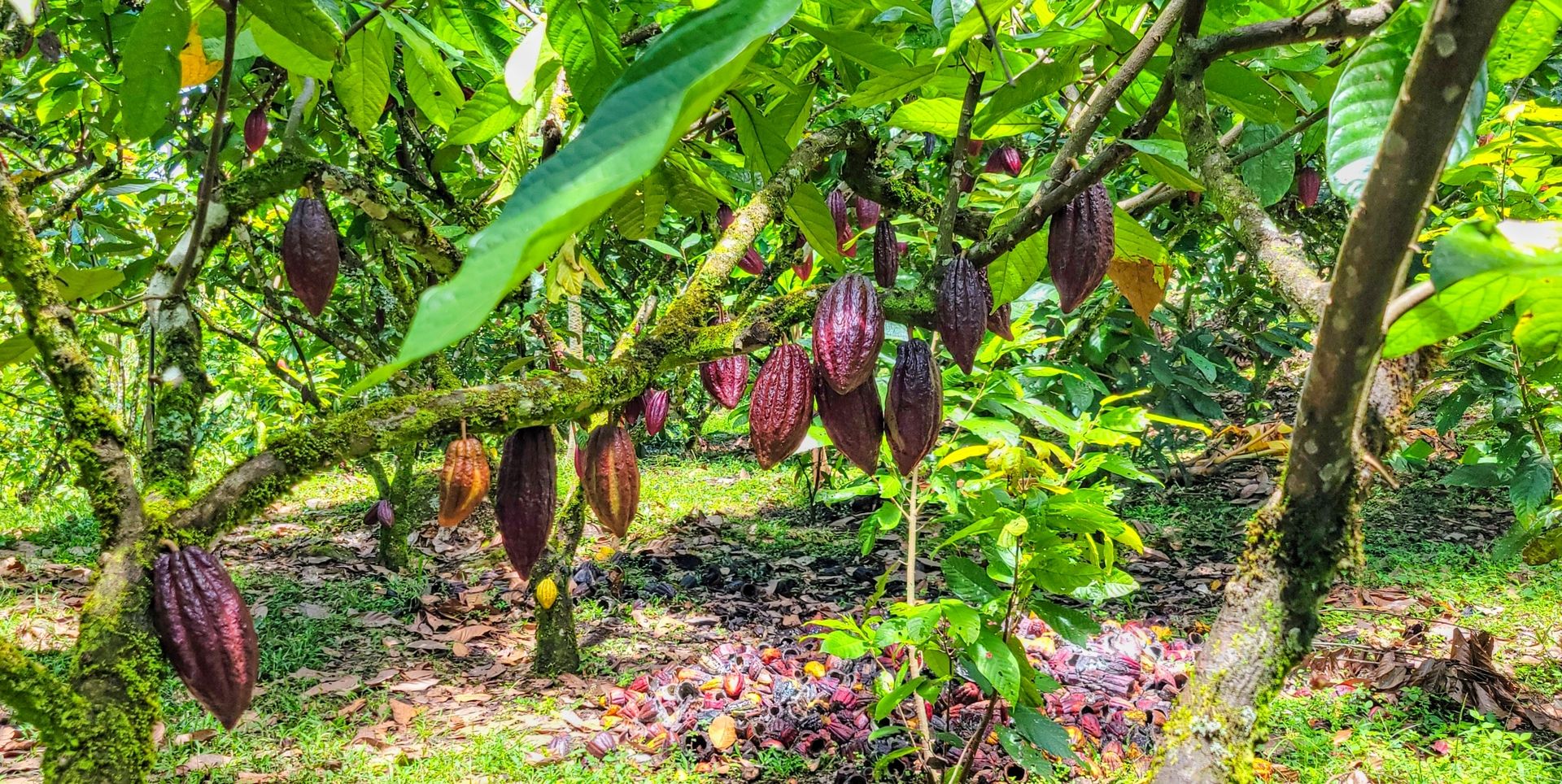
A cacao tree plantation (4ha) in Tamasis, Colombia / Photo by Corenthin Chassouant
Agronomical Fundamentals for Medium and Large-Scale Cacao Farming
Cultivating cacao successfully on a medium or large scale (2–10 hectares) requires a blend of traditional knowledge, scientific management, and hands-on experience. Here are the core principles:
Site Selection and Soil Preparation
Soil Quality: Cacao thrives in acidic soils (pH 5–7) with high organic content and excellent drainage. Poor drainage leads to root diseases and reduced yields.
Topography: Slightly undulating land is ideal. Gentle slopes or natural reliefs prevent water stagnation, thereby minimizing the risks of fungal disease.
Shade and Microclimate: Young cacao plants require partial shade. Interplanting with taller trees (such as plantain, banana, or native timber species) helps regulate temperature, humidity, and light, especially during the first few years.
Planting Density and Farm Layout
Spacing: Optimal planting is one tree per 9 m², or approximately 3 x 3 meters. This density strikes a balance between light penetration, air circulation, and root space ; key factors that promote healthy growth and prevent disease.
Varietal Diversity: Planting multiple cacao varieties increases genetic resilience to pests, diseases, and changing climate conditions.
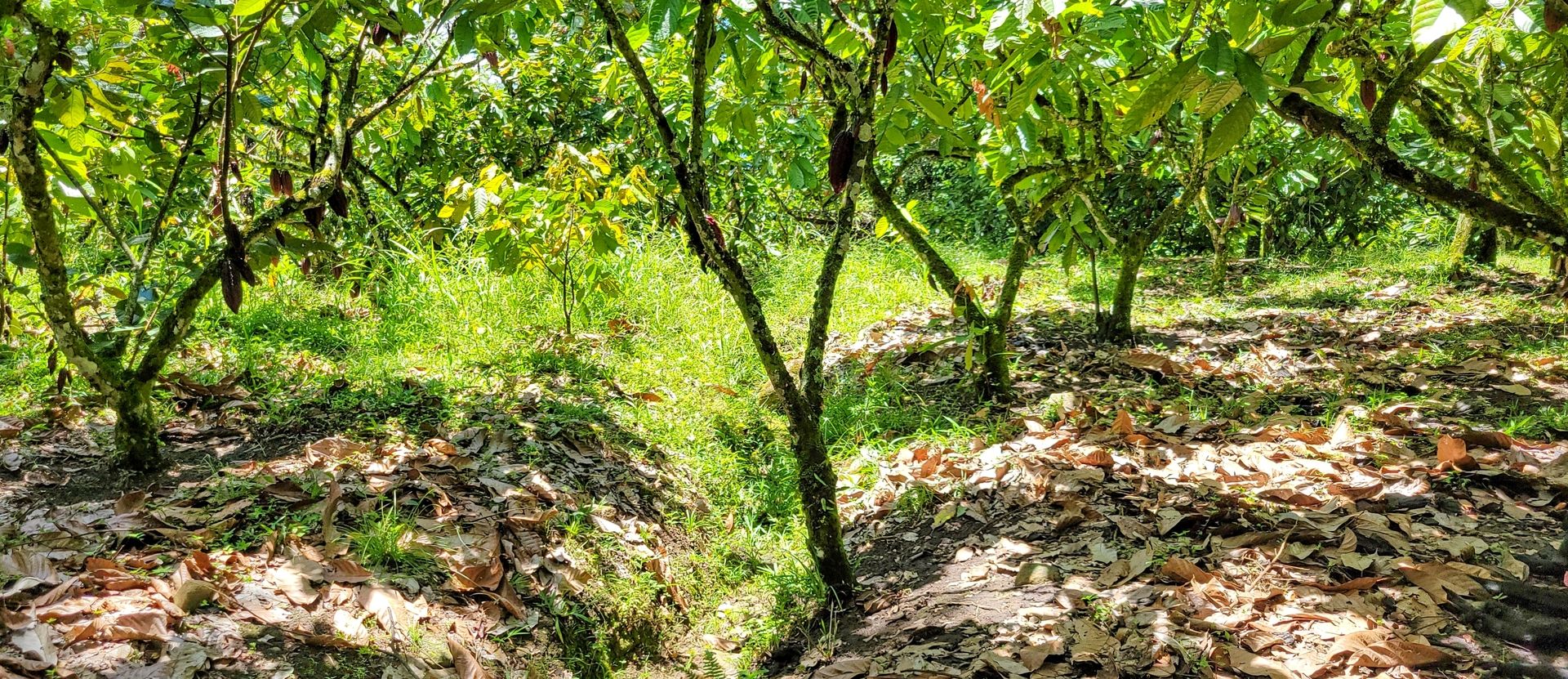
Tree density and drainage shape the farm layout / Photo by Corenthin Chassouant
Propagation and Tree Establishment
Grafting: Grafting is widely used to propagate elite, disease-resistant, and high-yielding clones. This technique ensures that desirable traits are preserved and productivity is maximized.
Seedlings: While seeds can be used, they produce more variable results. Grafted plants offer uniformity and an earlier fruiting season.
Plantation Management
Pruning: Regular pruning maintains trees at a manageable height (3–3.5 meters), improves ventilation, and facilitates harvesting.
Soil Management: Mulching and the use of organic amendments help maintain soil health and moisture, while regular monitoring enables the identification of nutrient deficiencies.
Drainage: Maintaining ditches or contour planting on slopes ensures that excess water is quickly removed.
Pest and Disease Management
Major Threats: Fungal diseases (Moniliophthora pod rot, frosty pod rot) and pests like the Cocoa Pod Borer (Conopomorpha cramerella) are the main challenges.
Integrated Pest Management (IPM): Biological controls, such as releasing beneficial insects like Trichogramma, are increasingly used to manage pests. Sanitation—removing infected pods and plant debris is critical.
Ventilation: Proper tree spacing and pruning are crucial for reducing humidity and preventing fungal outbreaks.
Field Case Study: Chocolate Viejo Leon, Tamasis, Colombia
During my visit and training at Chocolate Viejo Leon in Tamasis, I observed firsthand how these principles are applied and adapted to local conditions:
Diversity and Scale: The 4-hectare farm grows 25 cacao varieties, totaling about 4,000 trees. This diversity enhances resilience and adds depth to flavor profiles.
Early Fruiting: Trees begin producing beans as early as 1.5 to 3.5 years, depending on the microclimate and management practices.
Grafting Excellence: The farm uses grafting extensively, selecting scions from the most disease-resistant and high-yielding trees.
Superior Yields: With careful management, the farm achieves yields of approximately 1,500 kg/ha, which is around double the regional average.
Soil and Drainage: The farm’s acidic soil and rolling terrain provide natural drainage, reducing disease pressure.
Spacing and Airflow: Trees are spaced 3 meters apart, ensuring optimal light and air movement, which is vital for disease control.
Integrated Pest Management: The farm aims to use more biological controls, such as releasing Trichogramma wasps, and practices rigorous sanitation.
Challenges: Fungal diseases, such as Moniliophthora and frosty pod rot, continue to be the primary threats to the industry. The Cocoa Pod Borer is a persistent pest, and carpenter birds can introduce parasites via their droppings.
Field Note and head-grower/owner testimony :
“Preparing the land is a critical step—rushing this process leads to long-term problems. Our best plots are slightly sloped, which helps with drainage and minimizes the accumulation of standing water. The difference in disease pressure is noticeable compared to flatter areas.”
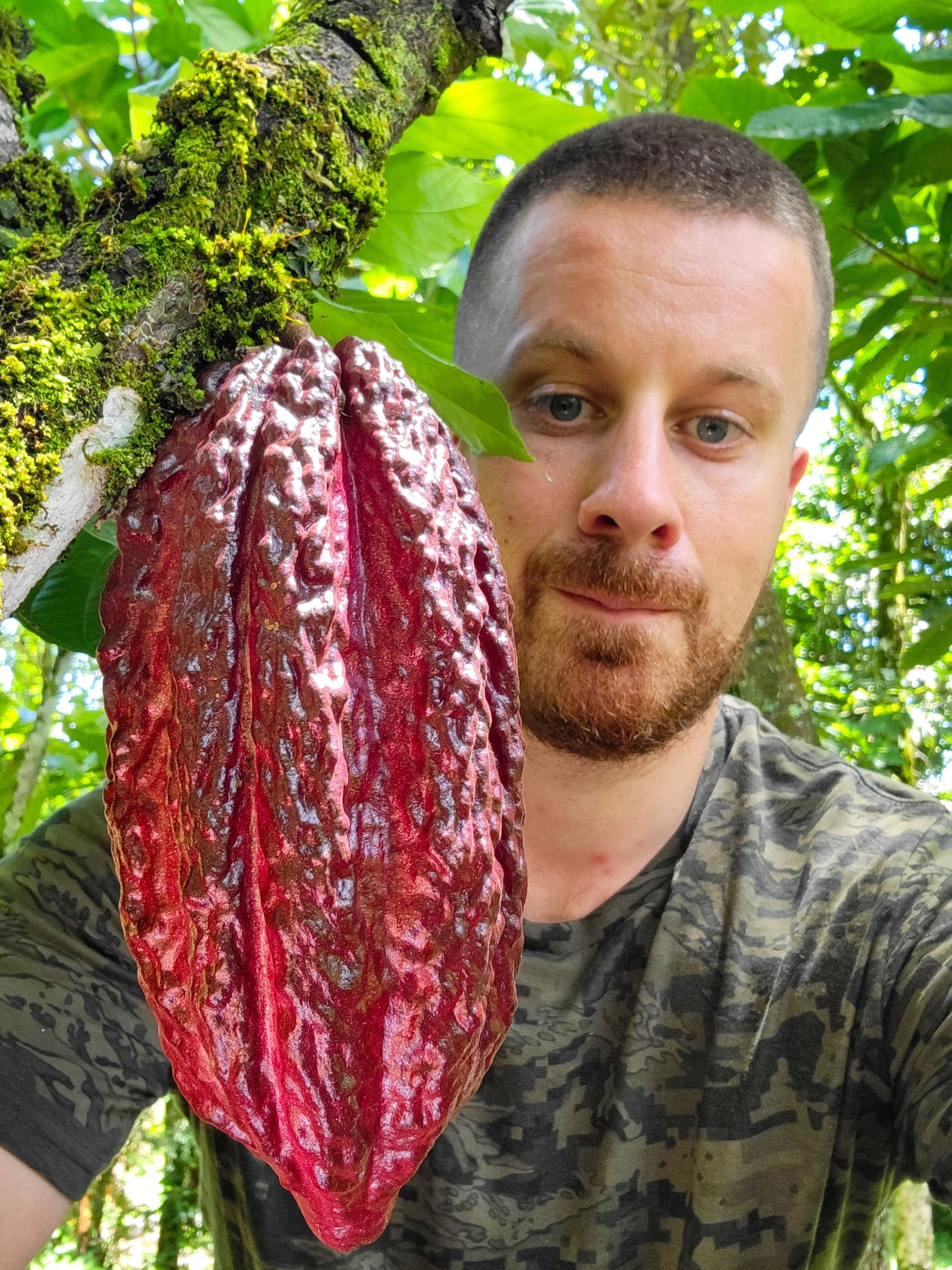
A cacao bean almost ready to be harvested / Photo by Corenthin Chassouant
Main Challenges in Colombian Cacao Cultivation
Despite the promise of cacao, farmers face several ongoing challenges:
Disease and Pest Pressure
Fungal Diseases: Moniliophthora and frosty pod rot can significantly reduce crop yields if not managed proactively.
Insect Pests: The Cocoa Pod Borer is a significant threat, boring into pods and destroying beans from within.
Birds and Secondary Parasites: Birds like carpenter birds can inadvertently introduce harmful parasites.
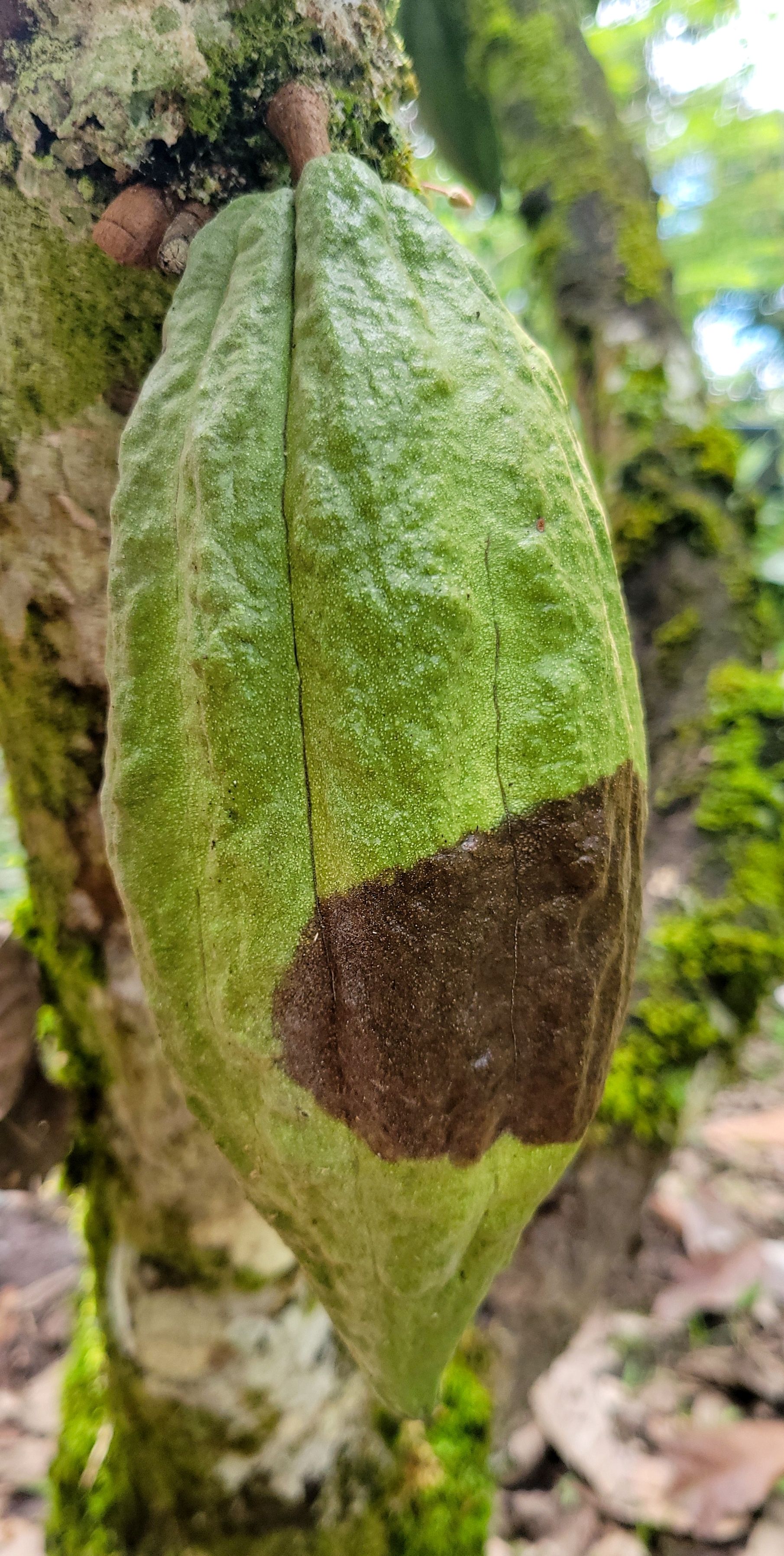
Fungus contamination affecting the cacao bean / Photo by Corenthin Chassouant
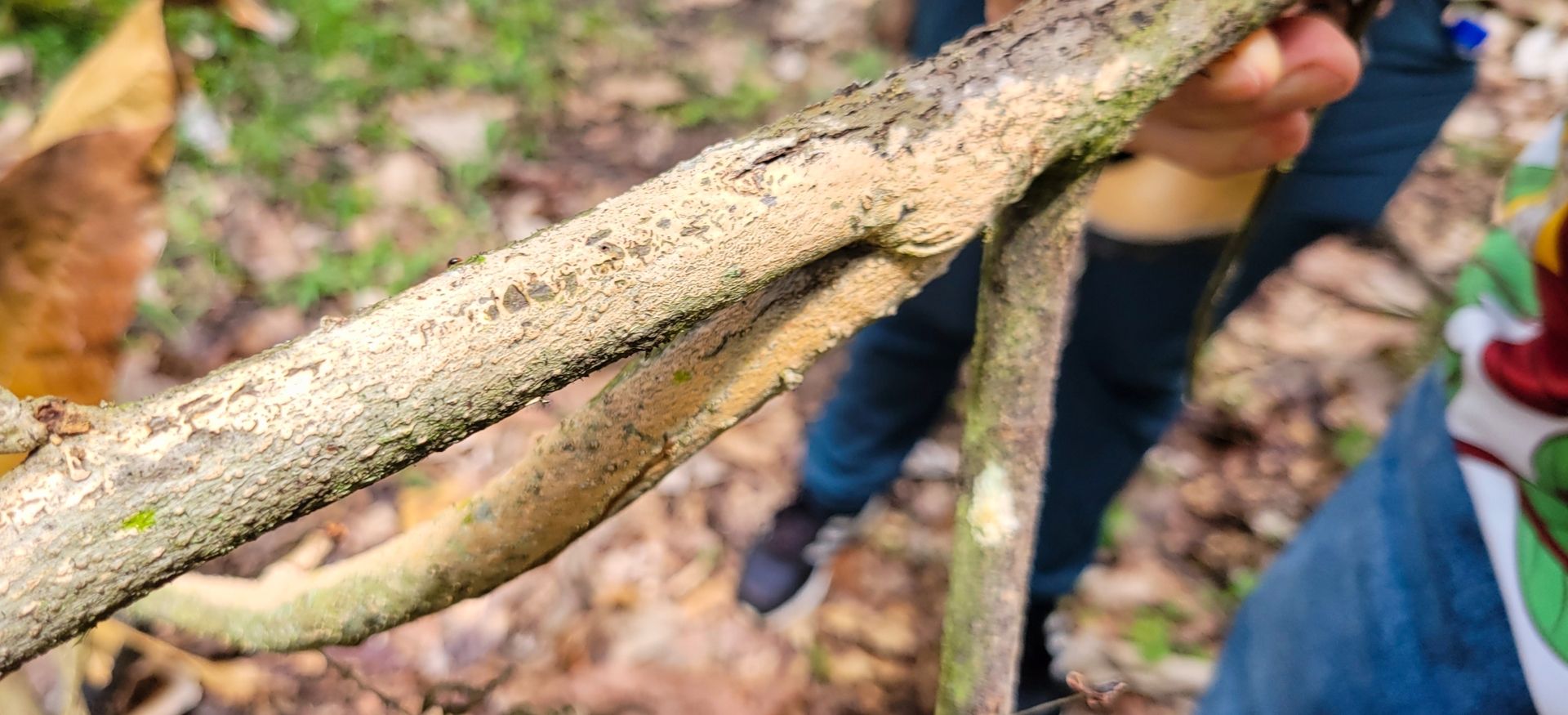
Moniliophthora perniciosa on a cacao tree / Photo by Corenthin Chassouant
Environmental and Management Issues
Climate Variability: Unpredictable weather, especially increased rainfall or drought, can stress plants and exacerbate disease outbreaks.
Labor Intensity: Cacao farming is a labor-intensive process, requiring skilled workers for tasks such as pruning, harvesting, and post-harvest processing.
Knowledge Gaps: Many farmers lack access to up-to-date agronomic knowledge or resources for implementing best practices.
Market and Economic Barriers
Price Fluctuations: Global cacao prices are highly volatile, significantly impacting farmer incomes.
Infrastructure: Poor rural infrastructure can hinder access to markets and post-harvest facilities.
From Cacao Bean to Chocolate: The Transformation Process
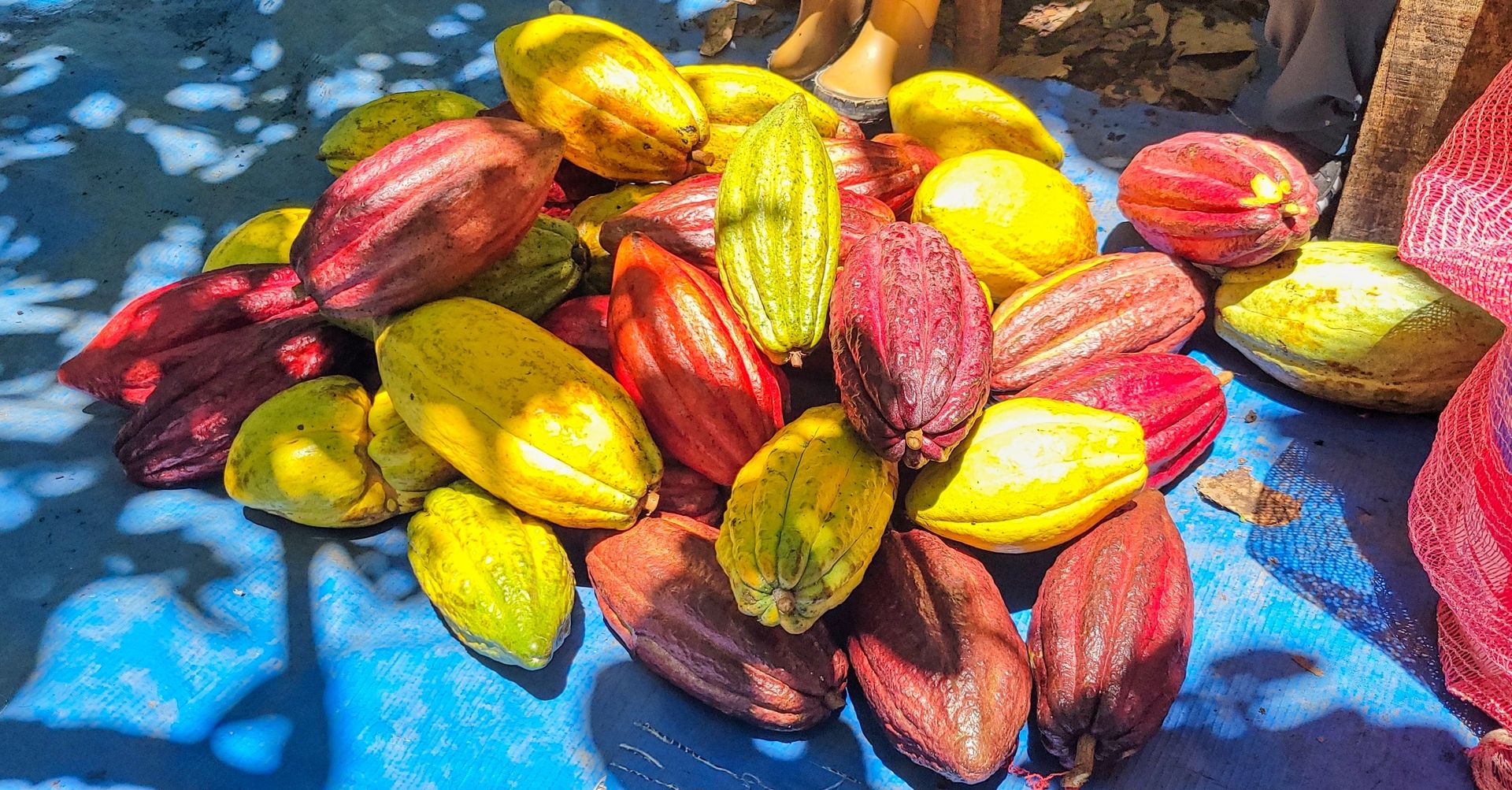
Fresh harvest of cacao beans during the farm visit / Photo by Corenthin Chassouant
The journey from cacao bean to chocolate bar is both an art and a science. Here are the main steps:
1. Harvesting
Ripe cacao pods are harvested by hand using machetes or specialized knives. Care is taken to avoid damaging the tree or unripe pods.
2. Pod Opening and Bean Extraction
Pods are opened, and the wet beans (still coated in sweet pulp) are removed. This is typically done on-site to ensure freshness.
3. Fermentation
Beans are heaped in boxes, baskets, or banana leaves and fermented for 5–7 days. This process develops the precursors to chocolate flavor and reduces bitterness.
4. Drying
After fermentation, beans are sun-dried for 5–10 days. Proper drying reduces moisture to safe storage levels, preventing mold growth.
5. Roasting
Dried beans are roasted to develop a chocolate aroma and flavor. Roasting also makes shell removal easier.
6. Winnowing
The roasted beans are cracked and winnowed to remove the outer shell, leaving behind the cacao nibs.
7. Grinding and Conching
Nibs are ground into cocoa liquor (paste), which is then refined and conched (aerated and mixed) to achieve a smooth, rich texture.
8. Tempering and Molding
The chocolate is tempered—carefully cooled and then reheated—to stabilize the cocoa butter crystals, resulting in a glossy finish and a satisfying snap. The chocolate is then poured into molds.
Artisanal Focus:
At Chocolate Viejo Leon, much of this process is conducted in small batches, enabling careful control and preservation of the unique flavor notes from each cacao variety.
Economic Opportunities: Local Sales and Export Potential
Cacao is more than just a crop; it’s a path to rural prosperity and global recognition for Colombia.
Local Market Growth
Artisanal Chocolate Boom: There’s a rising demand for fine-flavor, single-origin chocolate in Colombia’s cities. Consumers are willing to pay premium prices for quality and traceability.
Tourism and Agro-Experiences: Farms like Chocolate Viejo Leon attract visitors for tours, tastings, and workshops, adding value beyond the raw product.
Export Potential
Fine-Flavor Recognition: Colombian cacao is gaining international recognition, particularly in the specialty and craft chocolate markets.
Value Addition: Processing beans into chocolate or semi-finished products (like cocoa liquor or butter) increases income compared to selling raw beans.
Sustainability and Certification: Certifications (organic, Fairtrade, Rainforest Alliance) open doors to niche markets and can command higher prices.
Challenges and Solutions
Market Access: Forming cooperatives and partnerships enables small producers to reach larger markets and negotiate more favorable prices.
Quality Control: Investing in post-harvest infrastructure ensures consistent quality, a key factor for securing export contracts.
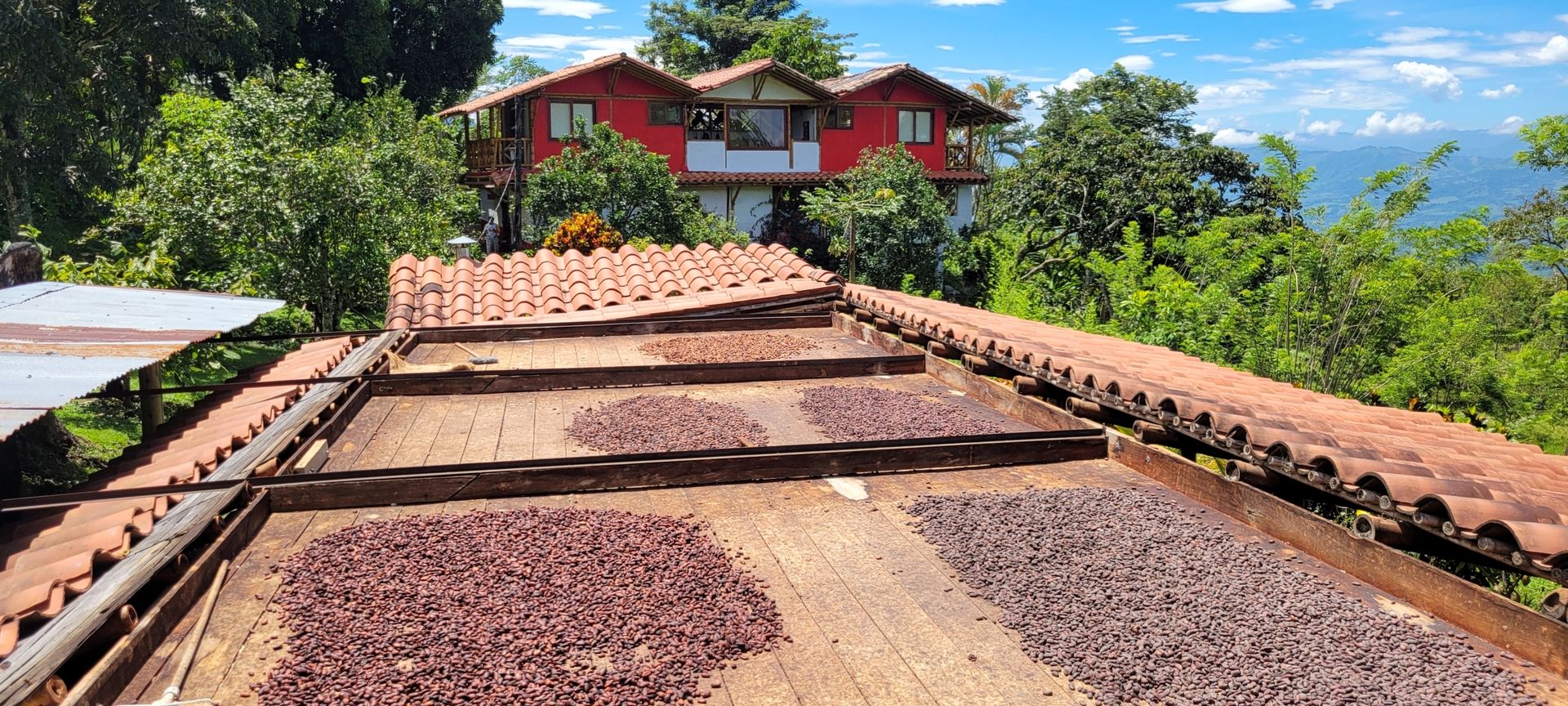
Traditional cacao drying process / Photo by Corenthin Chassouant
How Did You Like Today's Newsletter? |
Conclusion
Cacao cultivation in Colombia is a blend of ancient tradition and modern innovation. With careful site selection, varietal diversity, and integrated pest management, farms like Chocolate Viejo Leon are setting new standards for productivity and quality.
The transformation from bean to chocolate is a complex, rewarding process that showcases the region’s unique flavors and craftsmanship. As demand for fine chocolate grows both locally and globally, Colombian cacao farmers are poised to reap the economic and cultural rewards, proving that with knowledge, patience, and passion, the future of cacao in Colombia is bright and full of promise.
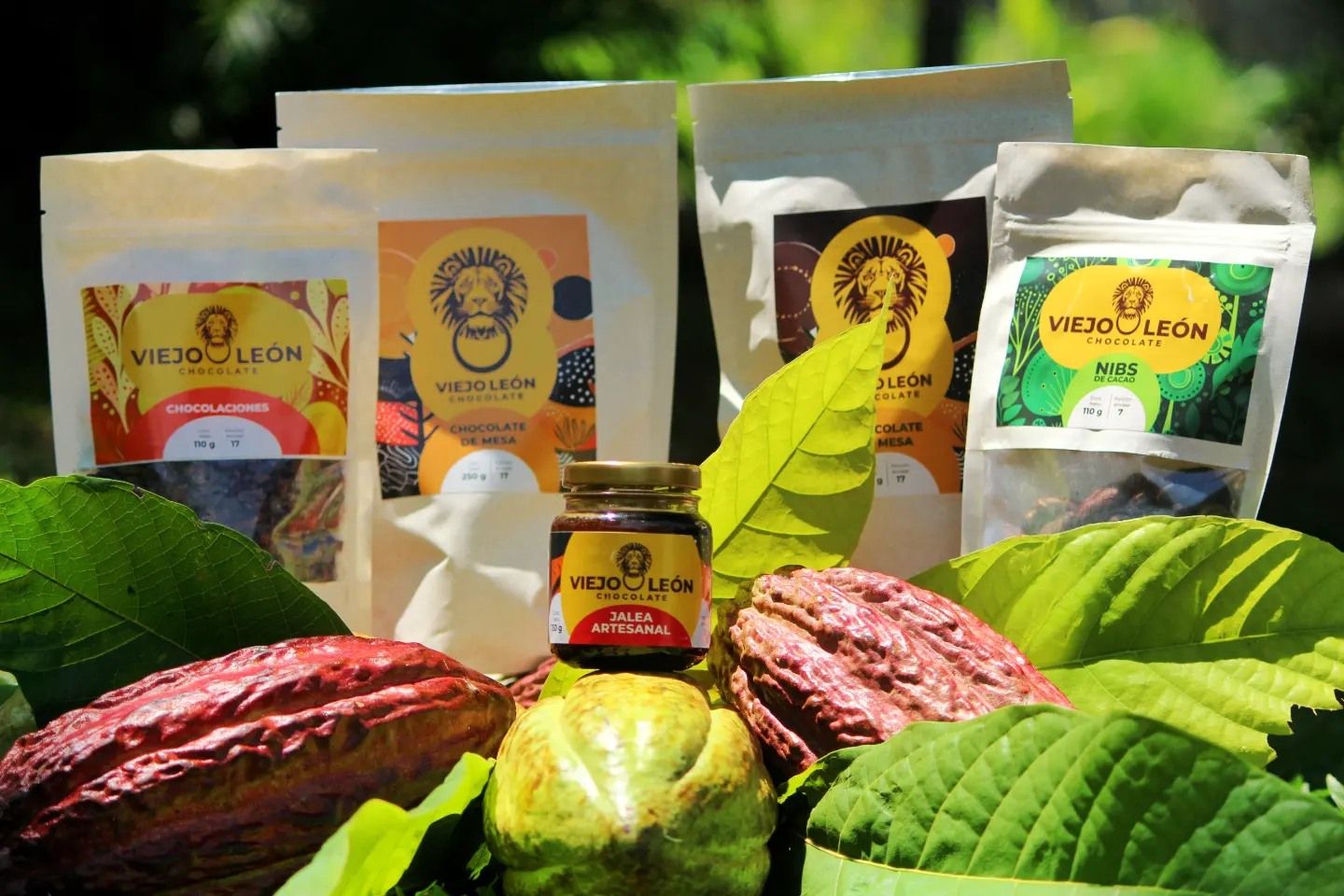
Complementary sources and photos:
Colombian farmers switch from coffee to cacao as temperature and prices soar, Victor Raison, 2025:
https://news.mongabay.com/2025/04/colombian-coffee-farmers-make-switch-to-cacao-as-climate-warms-and-prices-soar/
USDA, 2022 - The Colombian cacao industry:
https://apps.fas.usda.gov/newgainapi/api/Report/DownloadReportByFileName?fileName=The%20Colombian%20Cacao%20Industry_Bogota_Colombia_CO2022-0011.pdf
